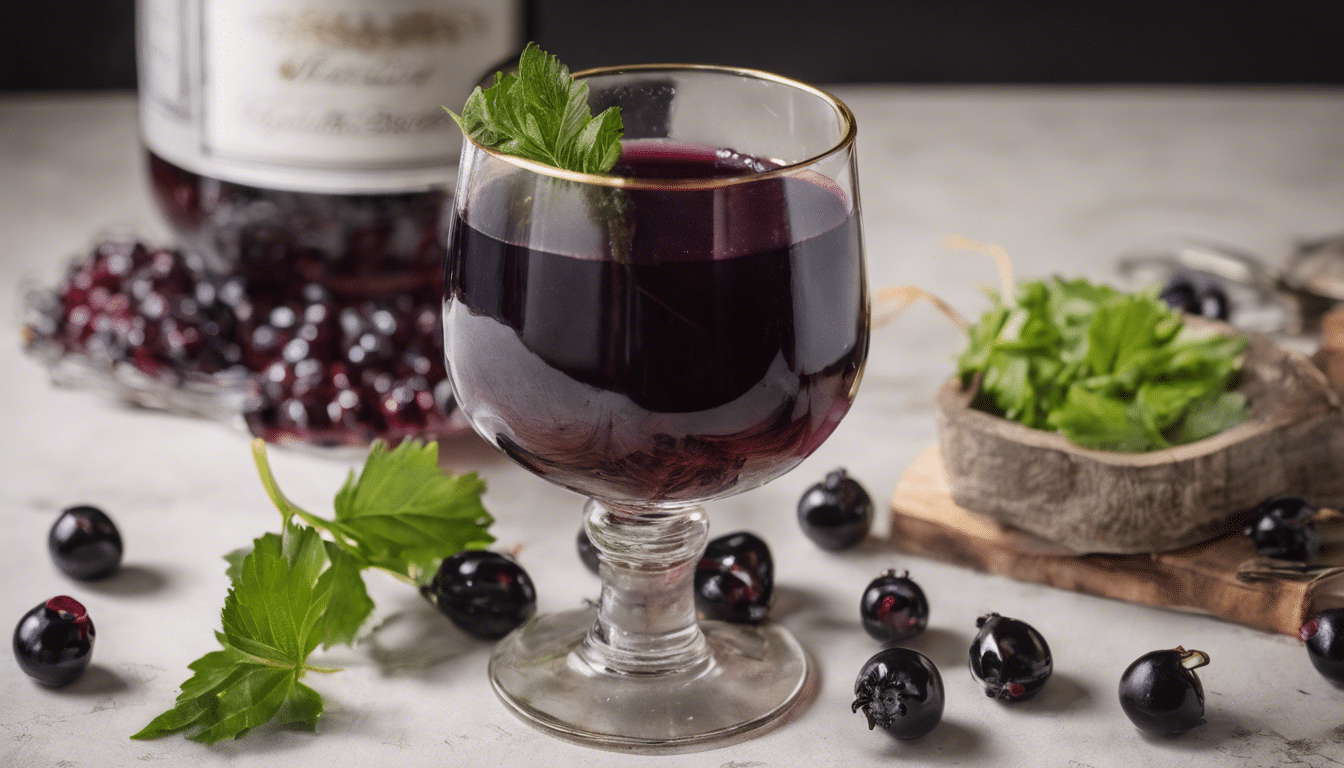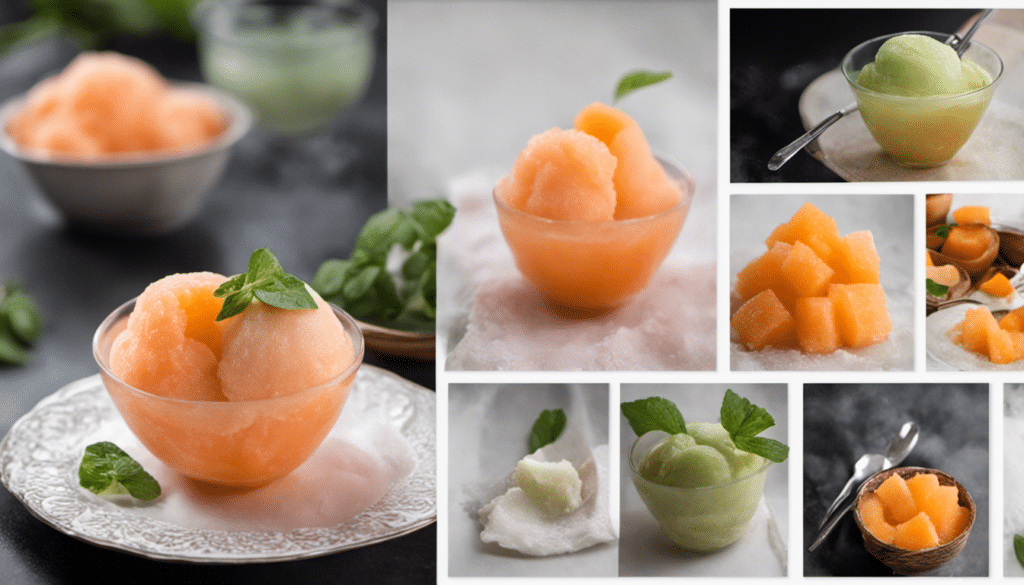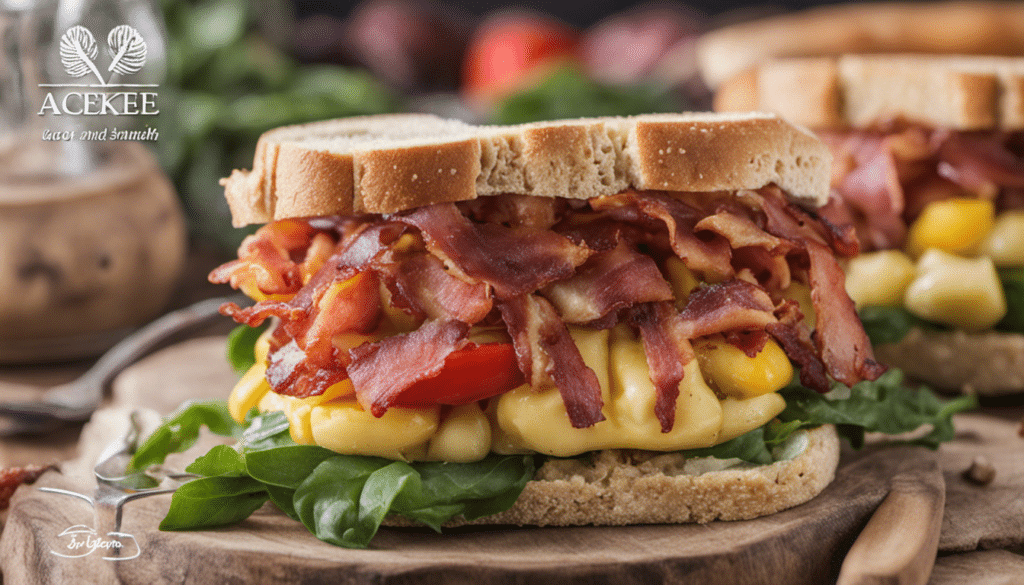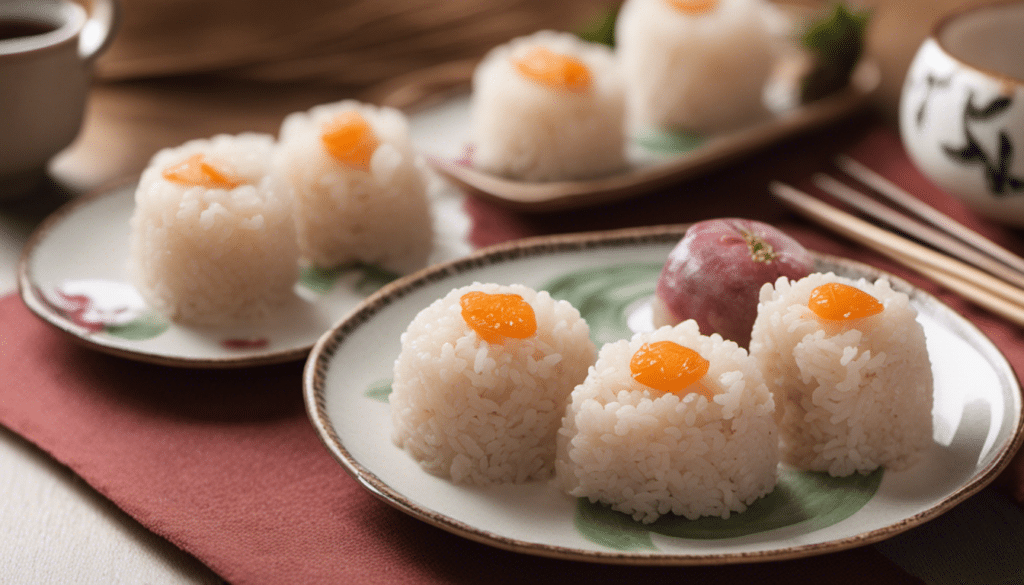| Prep: 5 mins | Cook: 8 mins – 11 mins | Difficulty: Easy | Serves: 6 |
| kcal | fat | saturates | carbs |
| 150 | 0g | 0g | 38g |
| sugars | fibre | protein | salt |
| 38g | 1g | 0g | 0g |

The Elderberry Wine Recipe holds a special place in my heart, intertwining deeply with my roots and passion for culinary exploration. Growing up amidst the rugged beauty of Montana, I was constantly surrounded by wild berries, herbs, and natural ingredients that became pivotal in my cooking journey. This Elderberry Wine is not just a recipe; it’s a connection to those moments, a testament to the bounty of nature, and an embrace of traditional, wholesome ingredients.
A Fusion of Tradition and Modern Flair
What draws me to the Elderberry Wine Recipe is its capacity to marry old-world techniques with modern culinary creativity. Elderberries, once a staple in Native American diets for their medicinal properties, bring a burst of flavor and deep color to this homemade elixir. The process of fermentation, balanced with just the right amount of acid blend and yeast nutrient, transforms these humble berries into a sophisticated, delicious drink that can rival any store-bought wine. This recipe’s roots are as ancient as they are versatile, making it a perfect experiment for both novice and seasoned home brewers.
Health Benefits in Every Sip
In addition to its rich flavor, the Elderberry Wine Recipe comes with a plethora of health benefits. Elderberries are renowned for their antioxidant properties and have been utilized for centuries to support immune health. They are packed with vitamins A, B, and C, as well as essential minerals like potassium and iron. Drinking elderberry wine in moderation could not only offer a delightful culinary experience but also provide a natural boost to your wellness routine. For more insights into the health benefits of elderberries, you can check out research from sources like NCBI.
Pairing Potential
The Elderberry Wine’s unique profile makes it an excellent companion to a variety of dishes. Its sweet and slightly tart flavor is reminiscent of other fruit-based beverages, such as blueberry wine or plum wine. This makes it a perfect pairing with grilled meats, especially game like venison steaks or bison burgers, enhancing the rich, savory notes of the meats. It also works beautifully as a dessert wine, complementing the sweetness of a homemade huckleberry pie or a simple cheese platter.
Ultimately, creating this Elderberry Wine Recipe isn’t just about making wine; it’s about embracing a culinary tradition that’s as flavorful as it is healthful. It’s an invitation to savor the slow, rewarding process of home brewing, resulting in a beverage that’s both sophisticated and deeply connected to nature. So, whether you’re looking to expand your repertoire or seeking a unique gift for special occasions, this elderberry wine is sure to delight and impress.
What You’ll Need
- 4 lbs fresh elderberries
- 3 lbs granulated sugar
- 1 gallon water
- 1 tsp acid blend
- 1 tsp yeast nutrient
- 1/2 tsp grape tannin
- 1 crushed Campden tablet
- 1 packet wine yeast (Lalvin K1-V1116 or similar)
- 1 tsp pectic enzyme
Method
Step One
Rinse the elderberries thoroughly and remove any stems or leaves. Place the elderberries in a large fermenting bucket and crush them well.
Step Two
Bring 1 gallon of water to a boil, then pour the hot water over the crushed elderberries in the fermenting bucket. Allow the mixture to cool to room temperature.
Step Three
Once the mixture has cooled, stir in the granulated sugar until fully dissolved. Add the acid blend, yeast nutrient, grape tannin, and crushed Campden tablet. Stir well to combine all ingredients.
Step Four
Cover the fermenting bucket with a clean cloth and let it sit for 24 hours to allow the Campden tablet to sanitize the must.
Step Five
After 24 hours, add the pectic enzyme to the must and stir gently. Then, sprinkle the wine yeast over the surface of the must.
Step Six
Cover the fermenting bucket with a cloth again and place it in a warm, dark area. Stir the must daily for 5-7 days. During this time, fermentation will begin, and you should see bubbles forming and the mixture becoming frothy.
Step Seven
After 5-7 days, strain the mixture through a fine mesh strainer or cheesecloth to remove the pulp, transferring the liquid to a clean glass carboy. Fit the carboy with an airlock and place it in a cool, dark location.
Step Eight
Allow the wine to ferment for 4-6 weeks or until fermentation has completely stopped. You will know fermentation has ceased when there are no more bubbles passing through the airlock.
Step Nine
Once fermentation has ended, rack the wine off the sediment into another clean carboy using a siphon. Let the wine age for at least 6 months, racking every 2-3 months to help clarify the wine.
Step Ten
After aging, bottle the elderberry wine, cork the bottles, and let them age for an additional 6 months to a year for the best flavor. Enjoy your homemade elderberry wine!



